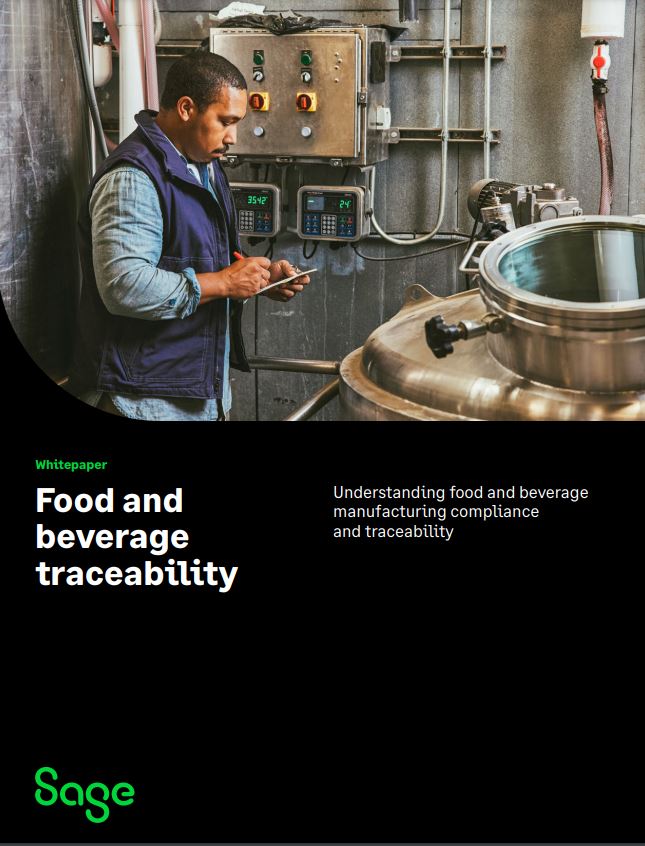Ash should not cloud supply chain vision
This week, Stephen turns his attention to how the ash affected businesses.

Last week's unprecendented shutdown of UK airspace predictably prompted a flurry of press releases touting the virtues of video and web conferencing.
No doubt, some businesses have been able to use these technologies to good effect over the last few days. But less is being said about a potentially far bigger issue for enterprises: the impact of the disruption on the supply chain.
Even before the snow storms earlier this year, and the Icelandic volcano, companies were starting to think more about supply chain risk.
Relying heavily on remote markets, and not just China, for materials or finished goods means a business is much more exposed to weather, industrial action, terrorism or political turmoil.
For global companies, it is almost a certainty that they will experience a significant disruption somewhere in their network during the course of a trading year. Increasingly, our on-demand culture means we rely more and more on air freight, which is why supermarkets have started to run low on things like green beans and strawberries over the last few days. More seriously, car makers Nissan and BMW have both hit production problems due to a shortage of parts.
In the medium term, academics believe we are likely to see companies looking for additional manufacturing capacity nearer to home.
This "reindustrialisation" of Western economies could take a decade or more, though, and will do nothing to help solve the strawberry and green bean problem.
Sign up today and you will receive a free copy of our Future Focus 2025 report - the leading guidance on AI, cybersecurity and other IT challenges as per 700+ senior executives
What could help is better visibility of into the supply chain, inventory levels and demand. With access to better information, businesses can better understand which contingency options they can take: alternative supply routes, moving stocks between markets, sourcing from alternative suppliers, increasing prices or even delaying orders to some customers.
-
 Trump's AI executive order could leave US in a 'regulatory vacuum'
Trump's AI executive order could leave US in a 'regulatory vacuum'News Citing a "patchwork of 50 different regulatory regimes" and "ideological bias", President Trump wants rules to be set at a federal level
-
 TPUs: Google's home advantage
TPUs: Google's home advantageITPro Podcast How does TPU v7 stack up against Nvidia's latest chips – and can Google scale AI using only its own supply?
-
 What the US-China chip war means for the tech industry
What the US-China chip war means for the tech industryIn-depth With China and the West at loggerheads over semiconductors, how will this conflict reshape the tech supply chain?
-
 The Forrester Wave™: Third party risk management platforms
The Forrester Wave™: Third party risk management platformsWhitepaper The 12 providers that matter the most and how they stack up
-
 Apple to shift MacBook production to Vietnam in further step away from China
Apple to shift MacBook production to Vietnam in further step away from ChinaNews The plan has been reportedly been worked on for two years, with the tech giant already having a test production site in the country
-
 Food and beverage traceability
Food and beverage traceabilityWhitepaper Understanding food and beverage manufacturing compliance and traceability
-
 Ensuring compliance with the National Bioengineered Food Disclosure Standard (NBFDS)
Ensuring compliance with the National Bioengineered Food Disclosure Standard (NBFDS)Whitepaper How food manufacturers can enhance traceability with technology to be compliant
-
 The future of manufacturing
The future of manufacturingWhitepaper Digitally transform your business and get ready for Industry 4.0
-
 Microsoft targets optimised supply chain investments with new platform launch
Microsoft targets optimised supply chain investments with new platform launchNews Microsoft's new Supply Chain Platform fully harnesses Microsoft cloud to help businesses improve supply chain agility and resilience
-
 Micron to invest historic $100 billion in NY semiconductor site
Micron to invest historic $100 billion in NY semiconductor siteNews Construction on the site will commence in 2024, with output expected in the late 2020s